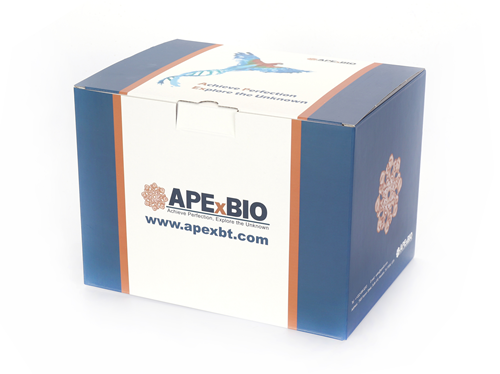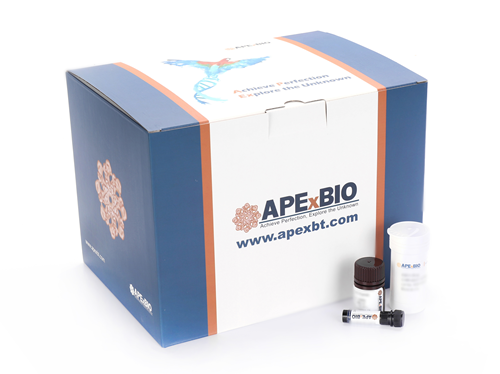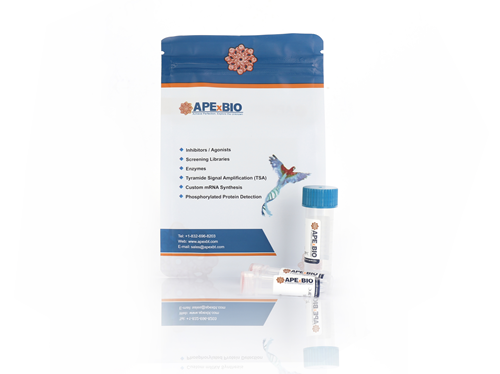EdU Imaging Kits (HF488)
- 1. Wen Wen, Rui Wang, et al. "Consensus artificial intelligence-driven prognostic signature for predicting the prognosis of hepatocellular carcinoma: a multi-center and large-scale study." NPJ Precis Oncol. 2025 Jul 1;9(1):207 PMID: 40595395
- 2. Zixuan Chen, Xing Jia, et al. "A novel peptide TCL6148 induces ferroptosis via the GOT1/GPX4 pathway to enhance sunitinib sensitivity in renal cell carcinoma." Int J Biol Macromol. 2025 Jun:313:144242 PMID: 40379184
- 3. Kai Meg, Zixuan Chen, et al. "Unraveling the mechanisms of tricetin in renal cell carcinoma treatment through network pharmacology and experimental validation." Med Oncol. 2025 May 3;42(6):192 PMID: 40319129
- 4. Zixuan Chen, Chengtao Han, et al. "2‐Undecanone induces ferroptosis via the STAT3/GPX4 pathway to enhance sensitivity of renal cell carcinoma to sunitinib." Biofactors. 2025 Mar-Apr;51(2):e70016 PMID: 40200786
- 5. Shuhan Liu, Shijie Lv, et al. "The signature genes of cuproptosis associates with tumor immune microenvironment and predicts prognosis in kidney renal clear cell carcinoma." Front Oncol. 2024 Aug 14:14:1409620. PMID: 39206152
- 6. Zixuan Chen, Xing Jia, et al. "AUY922 Improves Sensitivity to Sunitinib in Clear Cell Renal Cell Carcinoma Based on Network Pharmacology and in Vitro Experiments." Heliyon. 2024 Jul 18;10(14):e34834 PMID: 39149033
Measuring cell proliferation and cell cycle are a fundamental method to assess cell health, determine genotoxicity, and evaluate drug’s pharmacodynamic effect. The common method is measuring DNA synthesis directly. In previous experiments, there are several approaches such as the incorporation of radioactive nucleosides (3H-thymidine) or BrdU. Here, we introduce one new method, click chemistry - CuAAC (Copper-Catalyzed Azide-Alkyne Cycloaddition), and the use of this reaction in direct measurement of S-phase DNA synthesis in cell cycle. "Click Chemistry" is a term that was introduced by K. B. Sharpless in 2001, it’s a set of biocompatible small molecule reactions commonly used in bioconjugation, allowing the joining of substrates with specific biomolecules (such as a reporter molecule).
A nucleoside analog of thymidine, EdU (5-ethynyl-2’-deoxyuridine), can be incorporated into DNA strand during DNA synthesis. The alkynyl group of EdU is a biologically inert group that will undergo an extremely selective reaction with dye’s azido via a CuAAC reaction to afford an 1,2,3-triazole product. EdU and HyperFluor™ 488 azide possess biologically unique moieties to fluorescently label DNA of proliferating cells, producing low backgrounds and high detection sensitivities. This CuAAC reaction affords superior regioselectivity and quantitative transformation under extremely mild conditions. The reaction is a highly efficient and can be used in a quantitative manner via Flow Cytometry or fluorescence microscope.
EdU is an ideal alternative of BrdU since it’s independent of harsh DNA denaturing conditions (typically using HCl, heat, or digestion with DNase). In BrdU-based assays, it requires extra DNA denaturation to expose the BrdU to an anti-BrdU antibody which is huge compared to fluorescent dye used in EdU-based assays. Unlike bulky antibodies, alkyne and azide groups are very small in size, therefore HyperFluor™ 488 azide gain access to the DNA under standard aldehyde-based fixation and detergent permeabilization. Besides, BrdU-based method is time consuming and difficult to perform consistently, antibodies of BrdU can exhibit nonspecific binding. The harsh treatments necessary for this method can adversely affect sample integrity, cell morphology and image quality. Because of the mild reaction conditions in EdU-based assay, you can accurately determine cell proliferation while preserving cell morphology, DNA integrity, antigen binding sites. Preservation of DNA integrity allows for DNA staining, including staining with dyes used for cell cycle analysis.
HyperFluor™ 488 azide (Excitation maximum: 496 nm Emission maximum: 516 nm)
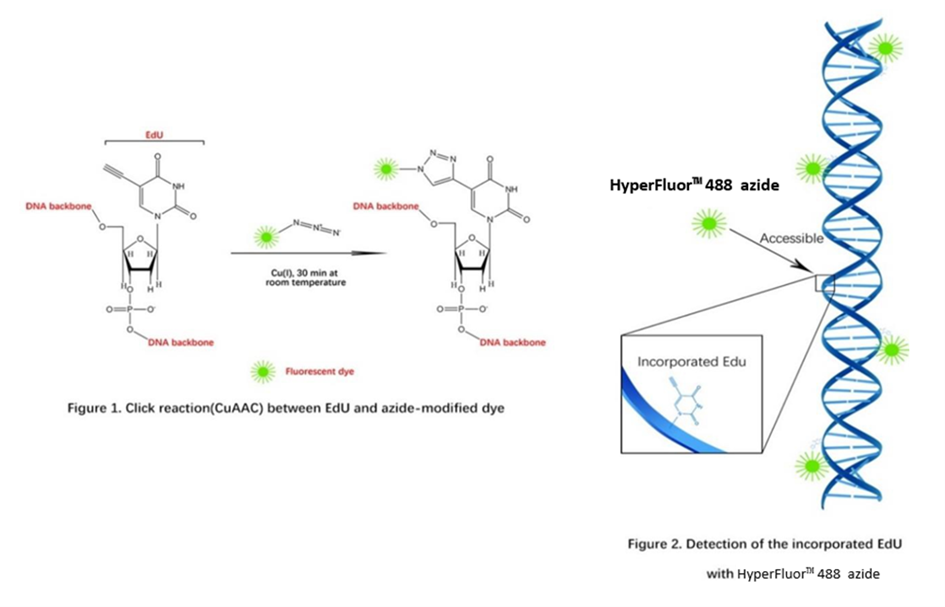
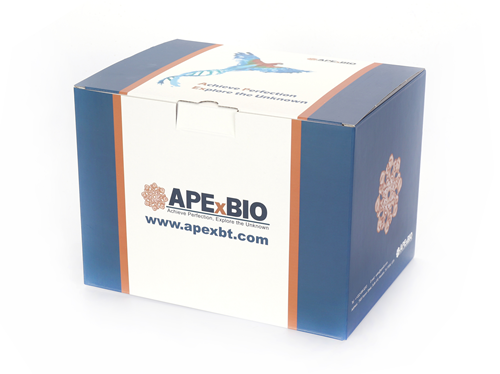
| Components | 50-500 Tests |
| EdU (Component A) | 5 mg |
| HyperFluor™ 488 azide (Component B) | 1 vial |
| DMSO (Component C) | 4 mL |
| 10X EdU Reaction Buffer (Component D) | 4 mL |
| CuSO4 (100 mM Aqueous Solution) (Component E) | 1 vial |
| EdU Buffer Additive (Component F) | 400 mg |
| Hoechst 33342 (10 mg/mL in Water) (Component G) | 35 μL |
Store the kit at -20ºC away from light and moisture, stable for 1 year. | |



